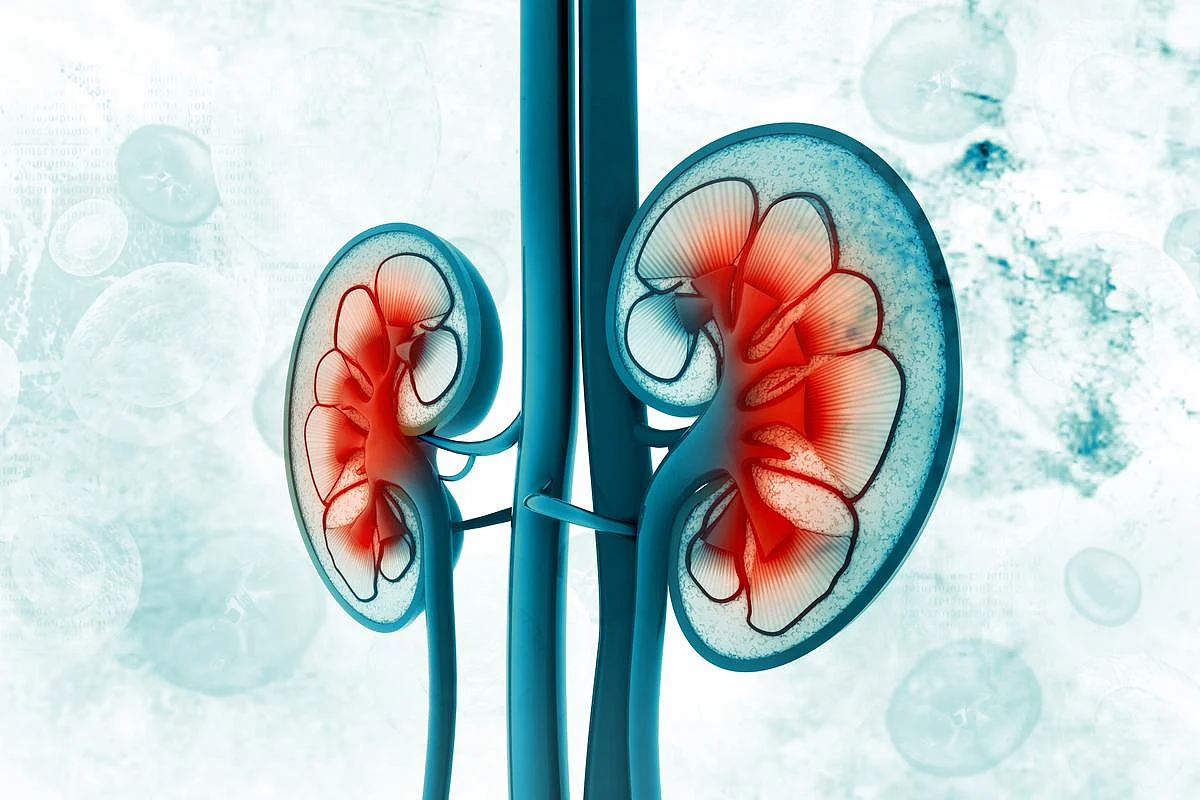Exposure-response association seen between trihalomethanes and CKD risk; highest risk seen for brominated trihalomethanes
By Elana Gotkine HealthDay Reporter
TUESDAY, July 8, 2025 (HealthDay News) — Exposure to trihalomethanes, especially brominated trihalomethanes, in residential community water supplies (CWS) is associated with an increased risk for chronic kidney disease (CKD), according to a study published online July 2 in JAMA Network Open.
Danielle N. Medgyesi, Ph.D., from the Mailman School of Public Health at Columbia University in New York City, and colleagues conducted a prospective cohort study to examine long-term exposure to trihalomethanes in residential CWS and its association with CKD risk using data from the California Teachers Study, including female teachers and administrators enrolled between 1995 and 1996 with data linked to mortality and health care records.
The study sample include 89,320 female participants with 6,242 cases of CKD. The researchers observed a clear exposure-response association between trihalomethanes and CKD risk in flexible spline-based models, with the highest risk seen for brominated trihalomethanes. For brominated trihalomethanes at the highest two exposure categories, the hazard ratios for CKD risk were 1.23 and 1.43, respectively. The largest contributor to the association of the overall mixture with CKD risk was brominated trihalomethanes, followed by uranium, arsenic, and chloroform (52.9, 35.4, 6.2, and 5.5 percent, respectively).
“These findings are supported by substantial experimental evidence and carry important public health implications given the widespread use of water chlorination and the growing global burden of CKD,” the authors write.
One author disclosed ties to the biopharmaceutical industry.
Copyright © 2025 HealthDay. All rights reserved.








